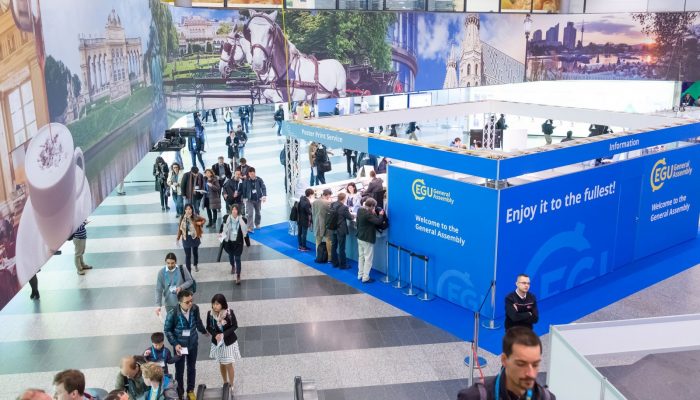Welcome back to the second day of the 2018 General Assembly! Today is packed full of excellent sessions, and this list of highlights is by no means comprehensive! Make sure you complement this information with EGU Today, the General Assembly newsletter, to get the most out of the conference – grab a copy on your way in or download it here. Union-wide Events Today’s Union-wide session highlig ...[Read More]
The Assembly documented through art!

For the first time, the General Assembly will be documented by EGU’s very own artists in residence! Sam Illingworth, Science Communication Lecturer at Manchester Metropolitan University (UK), and Matthew Partridge, Senior Research Fellow at Southampton University (UK), have been busy this week producing poems and cartoons to share their conference experiences and communicate science. Why not ...[Read More]
Photo Competition finalists 2018 – who will you vote for?
The selection committee received over 600 photos for this year’s EGU Photo Competition, covering fields across the geosciences. The fantastic finalist photos are below and they are being exhibited in Hall X2 (basement, Brown Level) of the Austria Center Vienna – see for yourself! Do you have a favourite? Vote for it! There is a voting terminal (also in Hall X2), just next to the exhibit. The resul ...[Read More]
At the Assembly 2018: Monday highlights
Welcome to the 2018 General Assembly! This is the first full day of sessions and there’s a feast of them to choose from. Every day we’ll be sharing some super sessions and events at EGU 2018 here on GeoLog and you can complement this information with EGU Today, the daily newsletter of the General Assembly. Union-wide Events Of particular importance today is the Union’s Plenary Meeting (PCN2) at 12 ...[Read More]


